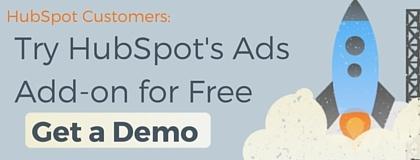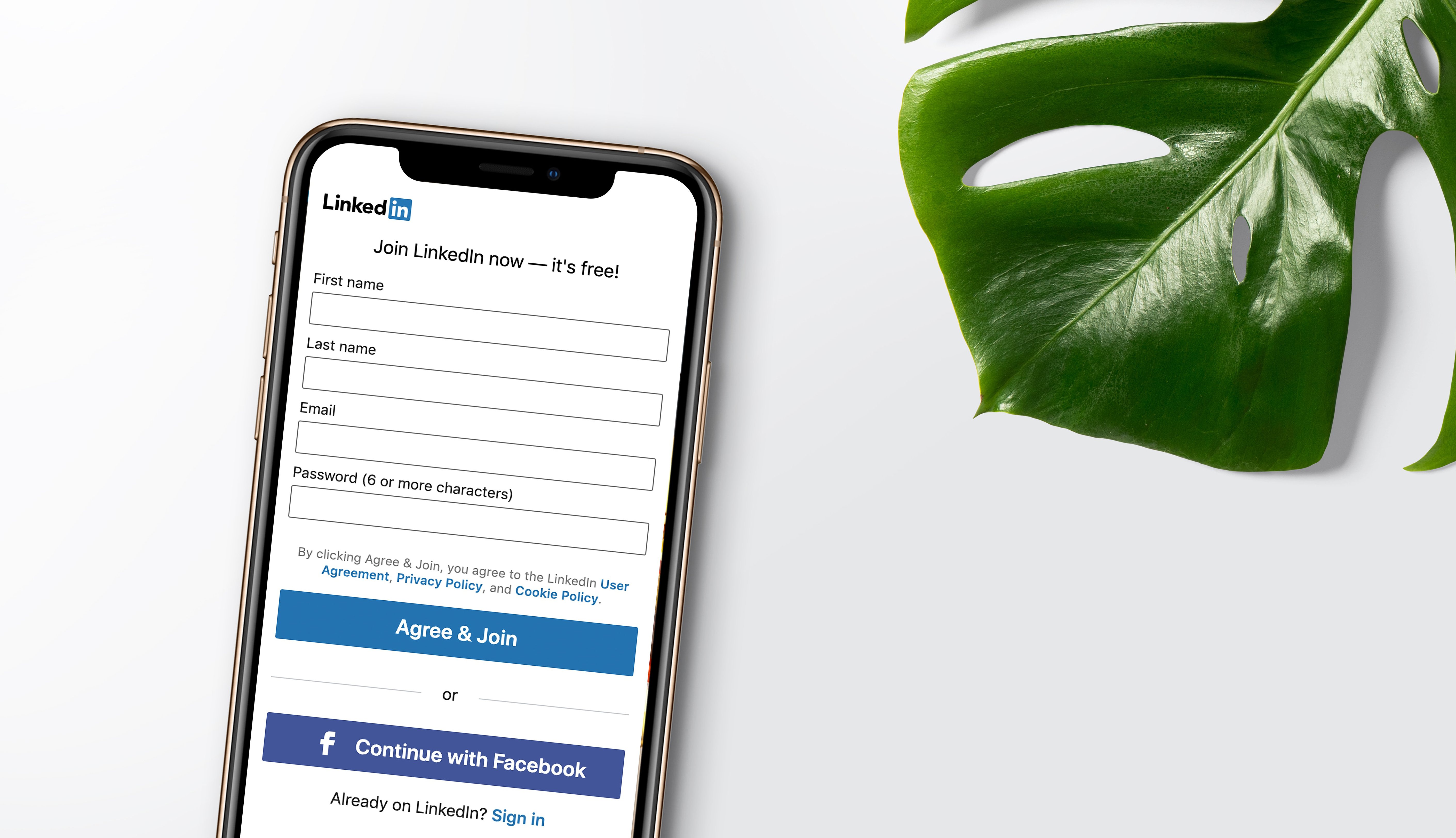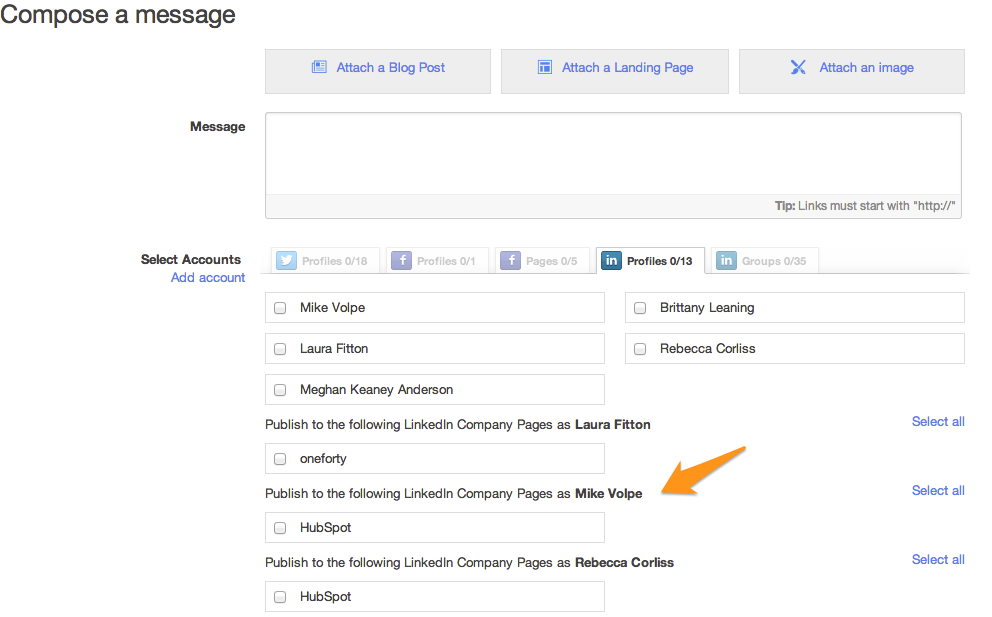I talk to a lot of inbound marketers about ads: social, search, display, video, you name it. I’m very confident in these marketers' ability to successfully combine ads and inbound. Most are excellent at using ads to amplify their most successful content and drive more leads. However, I’ve also noticed that the majority of folks I talk to can’t attribute a single conversion to the ad that drove it.

Let's address that disconnect.
If there is only one thing I can tell a marketer starting with ads, it’s that when you evaluate results, you have to go beyond just click metrics and start measuring conversions.
Conversions! I want to shout it from a mountain.
You see, there is this kind of gap out there between advertisers measuring the success of their ads based on just click metrics versus those using conversions metrics.
When I talk to folks, I evaluate which side of that gap they are on. This tells me a lot about how successful their ad campaigns are going to be.

Why are conversions so important?
When you know which ads drive leads (conversions), you can use this data to quickly multiply the impact ads have on your business. Looking at just click metrics can easily fool you into optimizing the wrong ads.
Start with click metrics. Click metrics measure the traffic driven to your landing pages, the cost-per-click paid, and your ads' click-through rate. While vital, click metrics remain a means to an end. You goal should never be to arbitrarily lower your CPC or increase your CTR. No, your goal should be to drive high quality leads that turn into customers.
To do this you have to know which ads actually drive conversions. This can often be counter intuitive. For instance you could have an ad with a low CPC and a high CTR but it just doesn’t drive any leads for your customers. You might also have an ad with a high CPC and an average CTR but it’s driving 10x more leads than your ad with the better click metrics.
If you’re only measuring click metrics, you can be tricked into thinking an ad is great, when it’s actually losing you money.
Take this example:
Here you can see that it’s not just that conversion data helps you focus your efforts on the right ads. It’s that only using click metrics can actually trick you into thinking low performing ads are actually your best ads.
How do you cross the gap and start measuring conversions?
HubSpot has integrated ads into its software, so when you connect your ads accounts to HubSpot via the Ads Add-On, we'll automatically start tracking conversions for you. If a lead converts into an MQL or customer, we'll also show you which ad was responsible. We also show you how all contacts have interacted with your ads. These interactions allow you to build lists and workflows based on ads interaction.
Click here to learn more about HubSpot Ads.
If you’re not using the Ads Add-On, you’ll need to implement conversion tracking through the ad networks you are using. Not all ad networks have a solution for this but for the ones that do, you'll need to paste code onto the thank you pages associated with your ads. Then you'll be able to see which ads drove conversions. You won't be able to see all the way down the funnel to know which ad created a MQL or customer but this is still a better solution than relying on just click metrics.
Whether you're an ads expert or just getting started taking an hour or two each week to dig into the conversions your ads are driving is absolutely worth it. To learn more about combining ads and inbound check out my recent post 5 Essential Strategies for Using Ads in Your Next Inbound Campaign.



![Introducing Facebook and Instagram Ads in HubSpot [Product Launch]](https://53.fs1.hubspotusercontent-na1.net/hubfs/53/Screen%20Shot%202017-01-11%20at%201.49.10%20PM-1.png)

